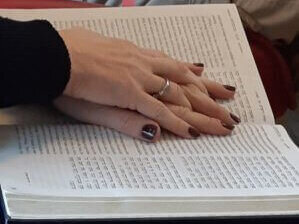 The two items that we expect to see on a Shabbat or Chag table, that make it distinct from a regular dinner table, are Wine and Bread. The wine for Kiddush and the two loaves of bread that we bless are two items that symbolize our Shabbat meal.
The two items that we expect to see on a Shabbat or Chag table, that make it distinct from a regular dinner table, are Wine and Bread. The wine for Kiddush and the two loaves of bread that we bless are two items that symbolize our Shabbat meal.
Wine improves with age. It is considered to be better and of higher quality the older it is.
Bread is considered to be best and at its peak when fresh, when new.
I believe this Shabbat table model speaks to our relationship with Judaism.
The traditions go back thousands of years. When we connect to a Jewish custom, law, or concept, we are tapping into something long standing. We are connecting to something much more rooted and ancient than ourselves. The generations of precedent and practice are significant and strong. That is the wine.
And together with that, I believe that we each can bring something new to Judaism. Everyone has their own way of connecting and may see different meaning in the traditions. We bring our own personalities and life experiences into our relationship with Judaism and this enriches it. That is the bread.
They are both important, and together can create a deep and meaningful relationship with Judaism.
I believe that this connects profoundly to the mikveh experience too. When one immerses in the mikveh, she is connecting to an ancient tradition. Something that has been practiced by women for generations and generations. And, that moment when she immerses is also a brand new moment. That moment has never existed before. Each woman brings her unique and individual thoughts and intentions to the immersion experience. This tevilla – in this place – at this time is distinct and new. She adds a new energy to the tradition and to the connection with God.
As this chag hashavuot approaches, z’man matan torateinu, may we all be blessed to be enriched by the deep roots of Jewish tradition while also bringing ourselves vibrantly and actively into the experience, to find even the old to be new and meaningful again and again.



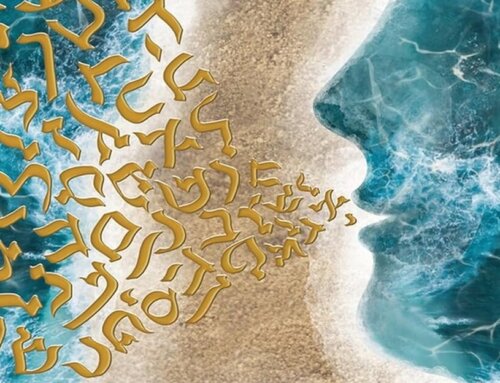
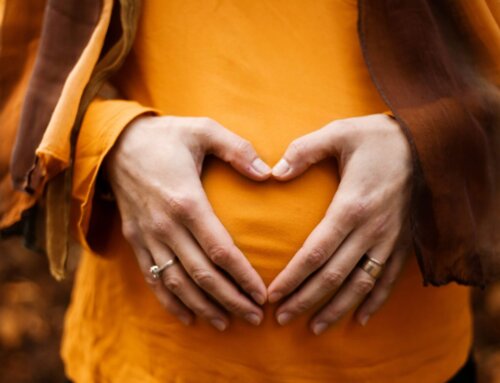
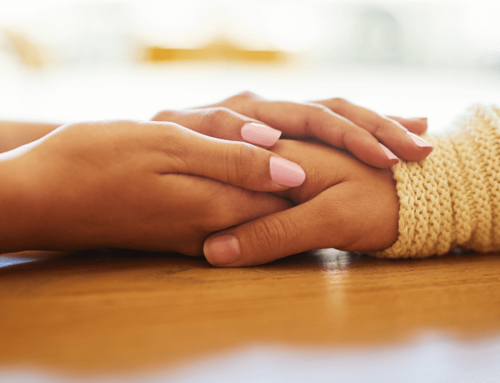

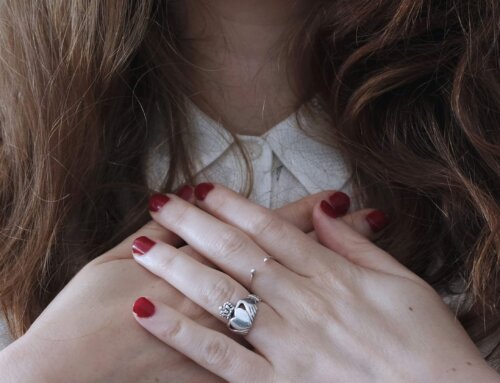
Leave A Comment